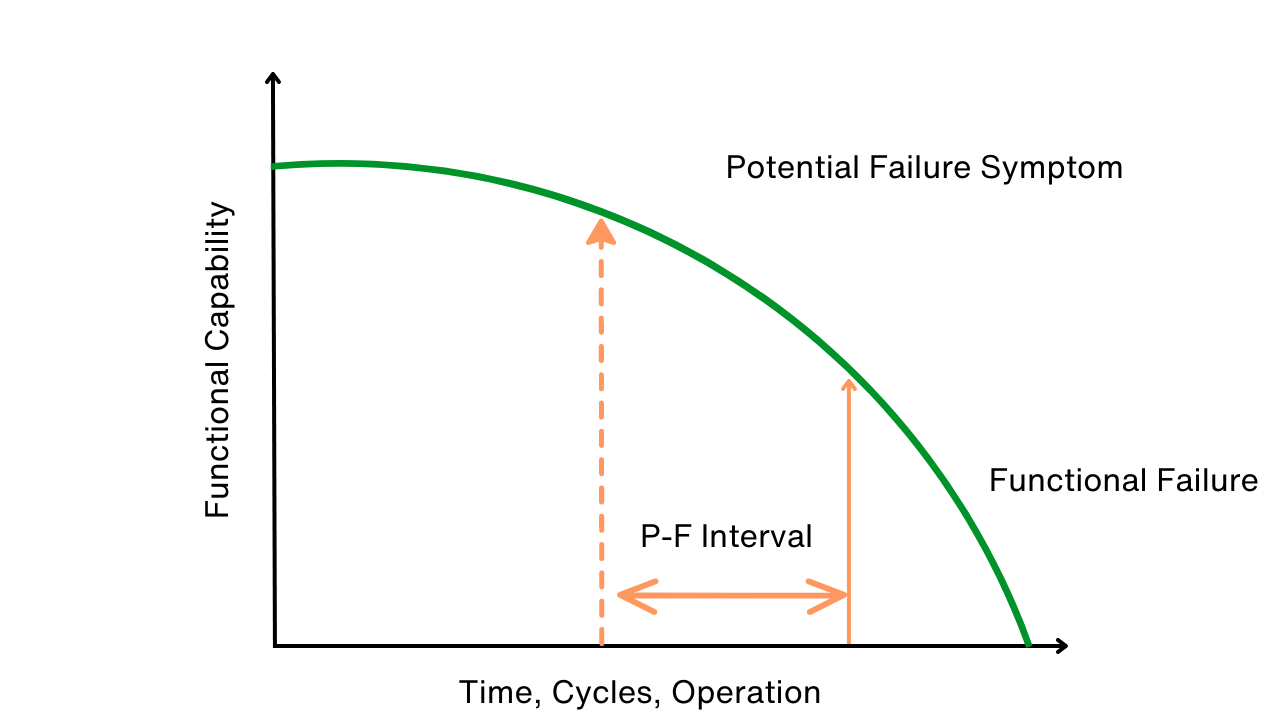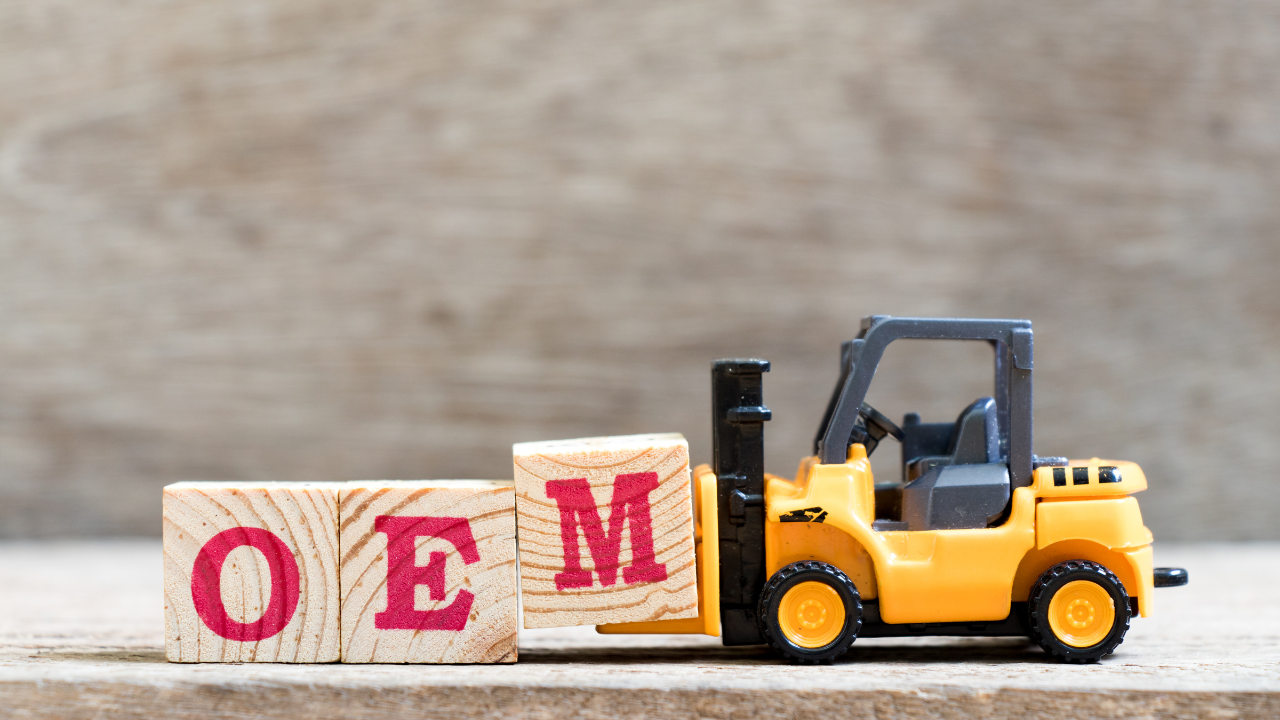Carbon in a Metal Holder
McNally Institute
Carbon Graphite is probably the best seal face you can use in most of your water and chemical applications. Its corrosion resistance and natural lubricity provides two of the features we need in a good seal face material. The question sometimes comes up about how to insert the carbon into the mechanical seal. Should it be captured into some type of a metal holder or would you be better off using a “monolithic” or solid version?
And to make it even more confusing, the top seal companies use both versions interchangeably. Let’s see if we can make any sense out of the subject


| To the left is a picture of a carbon/graphite seal face sometimes called a “monolithic” face | To the right is a picture of a carbon/graphite face inserted into a metal holder. This design is often called a “composite” |
Although monolithic faces have become popular in recent years, there are some real advantages in using a carbon/metal holder composite over a solid carbon/graphite face:
- You can use a smaller cross section carbon that, when impregnated, tends to be more homogenous eliminating unwanted air pockets and making it a better conductor of heat.
- Carbon is stronger in compression than it is in tension. The metal holder keeps the carbon face in compression
- The metal holder makes a good “heat sink’ to carry unwanted heat away from the seal face.
- Dynamic O-rings and other elastomer shapes slide on a metal holder easier than they do on carbon. When the shaft is not turning the elastomer tends to creep into the porosity of the carbon causing a higher “breakaway friction” at start up that can translate into the lapped seal faces opening.
- Metal anti-rotation pins and slots work best when metal is contacting metal
The are some disadvantages to a carbon/metal composite:
- At elevated temperatures the differences in thermal expansion between the two materials can cause the carbon to loosen in the holder and leak or spin. Low expansion metals such as Carpenter 42 and Invar 36 are available for those applications.
- There are problems keeping the carbon face flat after it has been installed in the metal holder. Differential expansion is just one of these problems. The stresses caused by inserting the carbon into the metal holder can cause it to go “out of flat”.
- Sometimes a filler material is inserted behind the carbon face between it and the metal holder to prevent pressure from penetrating in vacuum and reverse pressure applications. You have to be careful of the corrosion resistance of this filler material. Also be aware that many of these filler materials are poor conductors of heat.
There are at least three ways to insert the carbon into the metal holder:
- Glue it in.
- Shrink it in.
- Press it in.
Let’s look at each of the methods:
- Gluing is never acceptable. The fluid you are sealing could attack the glue and the glue will act as an insulator that will prevent the conduction of heat generated at the seal faces, back to the metal holder.
- Heating the metal holder, dropping in the carbon and letting the metal holder grab the carbon as it cools, causes all kinds of stress problems that will allow the lapped carbon face to go “out of flat”. The out of roundness of the carbon outside diameter does not match the out of roundness of the metal holder. This means that the metal holder will engage the carbon at high spots and introduce stress into the lapped face. This insertion method is still used by some seal manufacturers causing them serious flatness problems.
- Pressing the carbon into a metal holder with an arbor press causes the carbon to shear and conform to the “out of roundness” of the metal part. The stress is greatly reduced and this is without question the best method if you intend to use a carbon / metal composite. There does not appear to be a straightforward answer to this composite / monolithic subject so seal designers choose one or the other to simplify or lower the cost the of their particular seal design. Metal bellows designs almost exclusively use the composite version because of problems attaching a monolithic face to a welded metal bellows.
Now you know about the advantages and disadvantages of both designs for those few times you get to make a choice.
Related Articles

Use P-F Intervals to Map, Avert Failures

The RCM Trap

Can You Really Justify Reliability Centered Maintenance (RCM)?

Design for Maintainability





